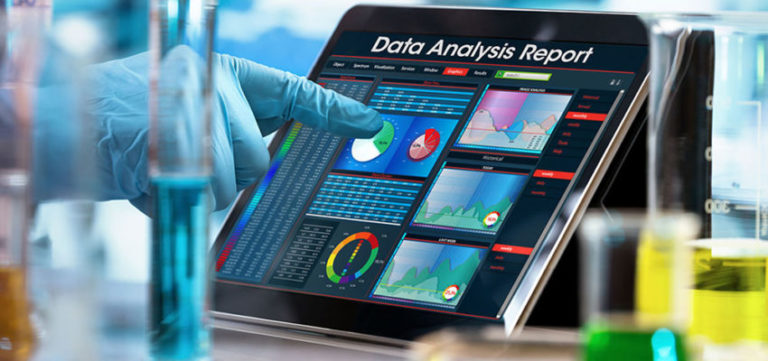When it comes to medical research, clinical trials are a key step in the development of new medicines and devices. However, the data collected from a clinical trial can be quite complex and statistical analysis is an essential tool for interpreting the results. A good understanding of statistics allows the clinical researcher to formalize and minimize sources of variance, including bias. In this article, Kolabtree freelance biostatistician consultant Rudra Patel talks about the statistical analysis of clinical trials and how they can be used to help improve outcomes for patients.
When evaluating the effects of an experimental treatment in a clinical trial, statisticians analyze data from groups of patients that have been randomly assigned to one or more study drugs or placebos. This is done to measure the effectiveness and safety of the new treatment. During the process, many decisions must be made and calculations must be made to ensure that the sample size is large enough to detect a difference between groups (assuming that a real difference exists). Oftentimes, the number of participants in each group will need to be adjusted to account for dropouts and other factors that may influence the outcome.
Once the data from a trial is ready for analysis, statisticians will determine what method of analysis will be used to interpret the data. In general, the statistical analysis will involve comparing a treatment group to a control group. The treatment groups will be evaluated at several different time points, depending on the study design and any objectives laid out in the protocol. In addition, the researchers will determine if any additional information needs to be collected during the clinical trial and how these findings will affect the data analysis.
The goal of statistical analysis is to show that differences observed in a sample are not just random, but are caused by the treatment being studied. To do this, a statistician will calculate a number called the “p” value, which will help to distinguish results that are caused by chance from those that are caused by the treatment being tested. A p-value of 0.05 or lower is considered to be statistically significant.
Statistical analysis for medical device clinical trials can be extremely complex and diverse, as there are many possible analytical methods that can be employed to examine the data. However, the most common method of analyzing medical device clinical trial data is hypothesis testing, which compares the occurrence of a certain feature in a device-treated group with that same feature in a control group. For example, a stent manufacturer would compare the mean luminal diameter of a stent-treated group to the mean diameter of a control group.
Statisticians have been able to mathematically account for many obvious sources of variance and bias in clinical research data for years, but subtle, innate patient characteristics such as placebo responsiveness continue to be a major source of unchecked variance that leads to higher Phase II and III trial failure rates. Statisticians can reduce this noise by using covariates to minimize the effect of these innate characteristics on the trial’s statistical analysis.
